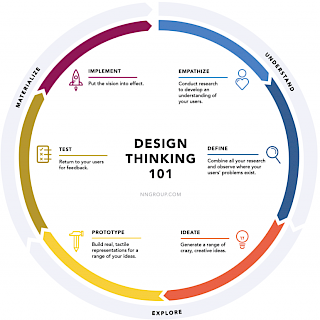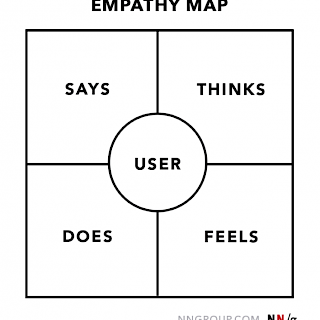With states experiencing similar problems, such as growing and retaining local labor, referencing other state's strategies can provide valuable insights that can be considered and applied in other places, such as small towns, whole regions, or even statewide. The South Carolina workforce presentation provides a concise list of strategies recently implemented to achieve the state's local talent development goals. Reviewing this resource will provide a strong foundation to create a local workforce development strategy for Maine.
May 27, 2020 •The U.S Energy Information Administration (EIA) website provides a great overview of energy-related information for Maine, including energy indicators, prices, reserves, energy supply and distribution, consumption and expenditures, and the environment (renewable energy facts). The EIA's profile analysis for Maine provides valuable background information on electricity, petroleum, natural gas, coal, and renewables sources.
May 27, 2020 •A State Agenda for America's Workers provides a comprehensive overview of state level policy options that can be implemented with aim of attracting a strong worker population. This document contains strategies that can lay a foundation for efficient and effective employmer-employee relationships that then could attract a hardworking workforce. Topics covered include affordable housing, shared prosperity, paid sick and family leave, and minimum wage increases.
May 27, 2020 •How to Feed the World in 2050 is a comprehensive report by the Food and Agriculture Orgaization of the United Nations. The report discusses potential food needs in relation to impacts of population growth and climate change, total investment and policy requirements, technologies role in production, and plant and animal adaptability.
May 27, 2020 •The Natural Resource Council of Maine (NRCM) plays a key role in statewide natural resource management. NRCM's website provides an array of resources regarding the role of Maine's natural resources in renewable energy generation. Considering natural resource use thus management in renewable energy generation is fundamental to good energy planning.
May 27, 2020 •Maine Renewable Energy Association (MREA) is a not-for-profit association of renewable energy producers, suppliers of goods and services to those producers, and other supporters of this industry. MREA's member site shows the diversity of stakeholders involved with the renewable energy industry in Maine. MREA leads the local and statewide policy debate on renewable energy generation in Maine, and works to ensure its efforts are united with those of its member companies.
May 27, 2020 •
A useful webpage that explains the design-thinking process upon which the conference and its components have been based. Reviewing this information helps participants better understand the organization of the conference, it's learning objectives, and how to make the most of the opportunities it presents.
May 26, 2020 •
The first step in design-thinking. An empathy map is a visualization framework used to articulate what we know--and don't know--about the person or people we want to help. The map helps teams create a shared understanding of the needs, and aid in decision making.
May 26, 2020 •Bridging the Digital Divide is a student blog that offers facts and realities to consider when analyzing the digital divide problem. The blog discusses Philidelphia, Pennsylvania, an urban community working to close the digital divide by working with both private and public stakeholders, and government nongovernmental entities. This brief writeup describes the digital divide beyond access to literacy. This document is a good starting point to inform solution development.
May 26, 2020 •New Frontiers in Reskilling and Upskilling provides an overview of strategies when developing solution proposals, from applying a systems perspective, encouraging and enabling personal agency, organically and virtually training soft skills, to overlapping experienced with the less experienced. This article provides a strong foundation to further research this challenge topic.
May 26, 2020 •How to Attract Talent to a B-Town is a short article outlining strategies to attract talent to less than urban areas. With continuous effort by top employers located in what are considered by many to be desirable locations, this article jumpstarts the conversation of the conventional and unconventional approaches applied by some rurally located companies to outcompete other employers with amenities that satisfy many lifestyles.
May 26, 2020 •Focus Maine is a 10-year, private sector-led initiative to accelerate the creation of quality jobs in Maine by investing in three of Maine’s most globally competitive and high-growth fields: agriculture, aquaculture, and biopharmaceuticals. It focuses on traded jobs, which are created by selling Maine’s goods and services outside of the state and which have a job multiplier effect in the local economy.
May 15, 2020 •